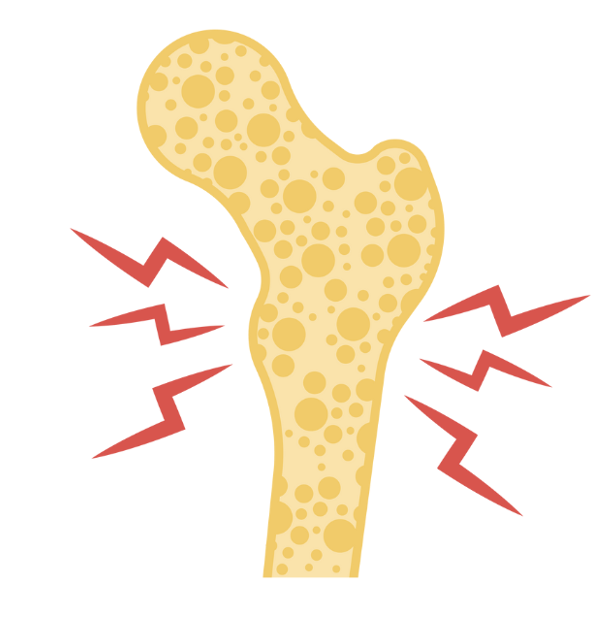Who Should have a Bone Mineral Density (BMD) test?
Many patients should be getting screened for osteoporosis…. but are not getting the tests done
Osteoporosis is a systemic bone-resorbing disease that causes bone fragility and a subsequent risk of breakinga bone (i.e having a fracture). Osteoporosis is common. 20 % of women over 50 and 5% of men over 50 have osteoporosis.
There are four key components to osteoporosis: 1) low bone mass 2) microarchitectural deterioration 3) increase in fragility as a result of these and 4) increased susceptibility to fracture.
DEFINITION OF OSTEOPOROSIS
The WHO 1996 definition of osteoporosis includes four key components:
1) low bone mass
2) microarchitectural deterioration
3) increase in fragility as a result of these
4) increased susceptibility to fracture.
RISK FACTORS FOR OSTEOPOROSIS
Risk factors for osteoporosis are divided into two categories: modifiable and non-modifiable.
Modifiable risk factors include: low body weight, smoking, alcohol consumption, lack of exercise, deficiency of dietary calcium, and long-term glucocorticoid use.
The non-modifiable group include: gender, age, race, and genetic characteristics.
TESTING FOR OSTEOPOROSIS WITH BONE DENSITY
Bone Mineral Density (BMD) tests help assess bone density.. These tests are safe, painless and accurately measure the density of bones.
WHO SHOULD GET A BONE MINERAL DENSITY TEST?
It’s critically important to take note of who should have a BMD test. This helps identify patients who may be at increased risk
All women and men 65 years or older
Postmenopausal women and men age 50 – 64 with risk factors for fracture including:
fragility fracture after age 40
Vertebral fracture or low bone mass identified on x-ray
hip fracture in a parent
patient consumes significant alcohol
patient is current smoker
Low body weight, i.e. less than 132 lbs or 60 kg
Weight loss since age 25 greater than 10%
High risk medication use: prolonged glucocorticoid use, aromatase inhibitors for breast cancer, androgen deprivation therapy for prostate cancer
Rheumatoid arthritis
Other disorders that may contribute to bone loss
Younger men or women (under age 50) with a disease or condition associated with low bone mass or bone loss:
Fragility fractures
High-risk medication use (steroid use, aromatase inhibitors, androgen deprivation therapy)
Rheumatoid arthritis
Other chronic inflammatory conditions
Cushing’s disease
Malabsorption syndrome
Uncontrolled hyperthyroidism
Primary hyperparathyroidism
Hypogonadism; Early menopause (< 45)
Other disorders associated with rapid bone loss/fractures
This article was written by Dr. Jeff Donovan, a Canadian and US board certified dermatologist specializing exclusively in hair loss.

